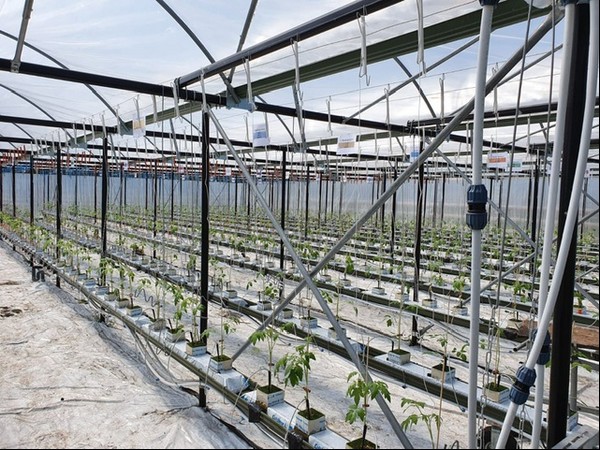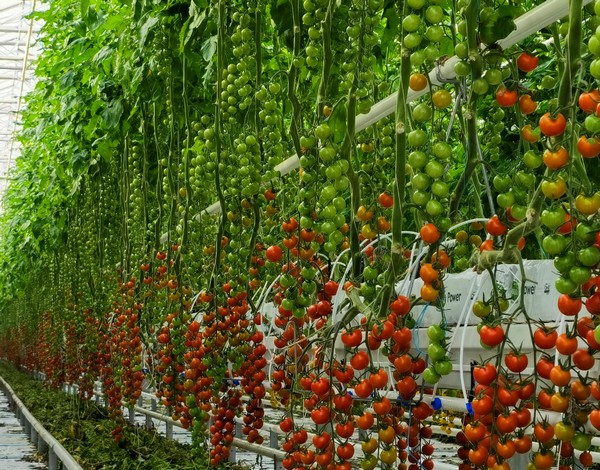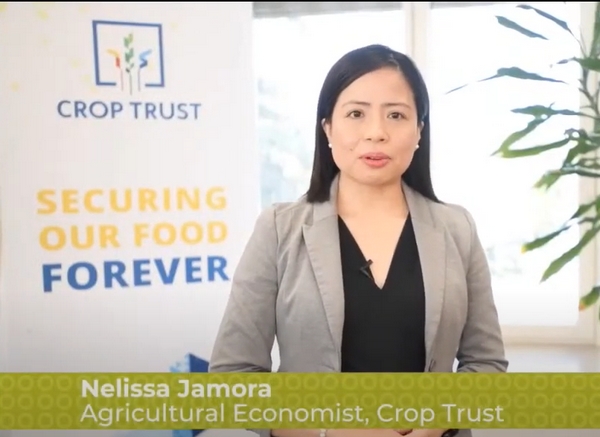Vertical farming has been heralded as a transformative approach to agriculture, promising efficient land use, reduced water consumption, and year-round crop production. However, the journey of Sensei Ag, the vertical farming venture backed by Oracle founder Larry Ellison, underscores the complexities and challenges inherent in this innovative farming method.
Sensei Ag’s Ambitious Vision
Established with the goal of integrating advanced technology into agriculture, Sensei Ag aimed to cultivate nutritious crops and address global food shortages. The company’s initial operations were set on the Hawaiian island of Lanai, largely owned by Ellison, presenting both unique opportunities and unforeseen challenges.
Operational Challenges in Lanai
Despite the substantial investment exceeding $500 million, Sensei Ag encountered several operational hurdles:
- Infrastructure Issues: The greenhouses, adapted from Israeli designs, were ill-suited for Lanai’s climate. They suffered wind damage, leading to increased costs and delays.
- Energy Supply Problems: Plans to power the greenhouses with solar panels were thwarted by environmental factors and technical issues, resulting in reliance on diesel generators.
- Technological Setbacks: Inadequate Wi-Fi connectivity hampered the functionality of high-tech sensors and automated systems essential for monitoring crop health and controlling environmental conditions.
Leadership and Strategic Shifts
Frequent changes in leadership and shifting strategic goals further complicated Sensei Ag’s progress. Inexperienced management led to inconsistencies in crop selection and technological implementations, affecting overall productivity and market positioning.
Broader Industry Challenges
Sensei Ag’s struggles are reflective of broader challenges within the vertical farming industry:
- High Energy Consumption: While vertical farms save water and prevent pesticide pollution, their massive electricity use remains a significant drawback.
- Economic Viability: The high initial investment and operational costs make it difficult for vertical farms to compete with traditional agriculture, especially in producing staple crops.
- Technological and Operational Hurdles: Many vertical farming startups have faced technical challenges, including inadequate infrastructure and technological setbacks, leading to operational inefficiencies.
Sensei Ag’s experience offers valuable insights into the complexities of implementing vertical farming on a large scale. While the vision of integrating advanced technology into agriculture is promising, practical challenges such as infrastructure suitability, energy reliability, and effective management must be addressed. For vertical farming to become a viable and sustainable component of global food production, these obstacles need careful consideration and innovative solutions.












